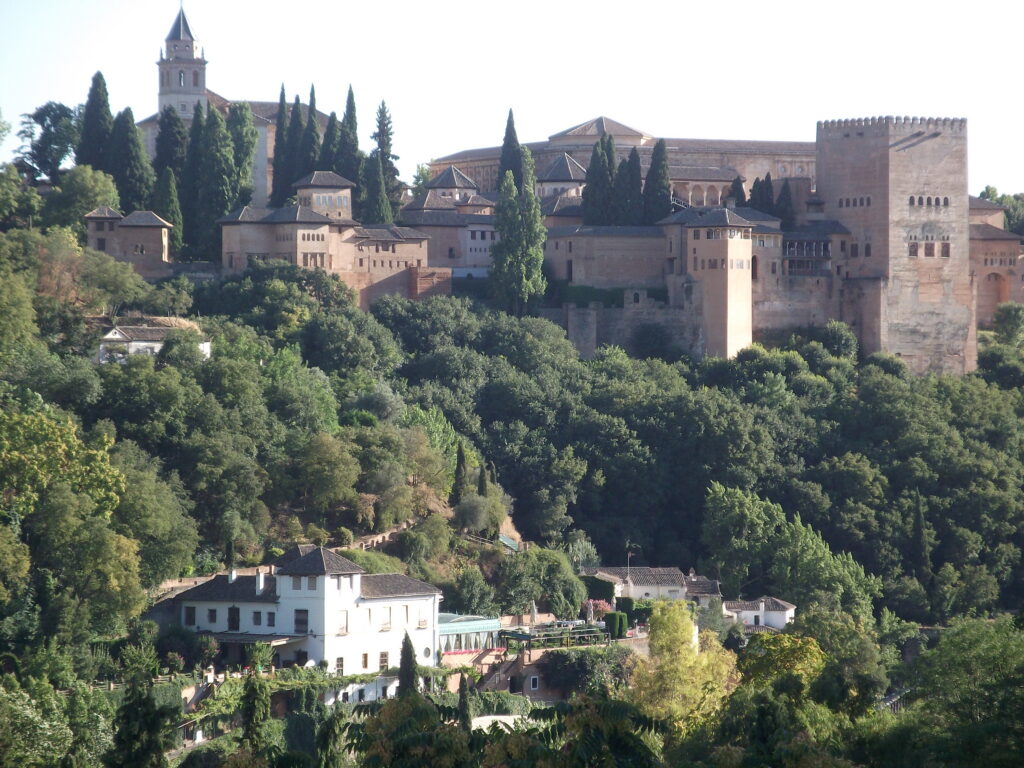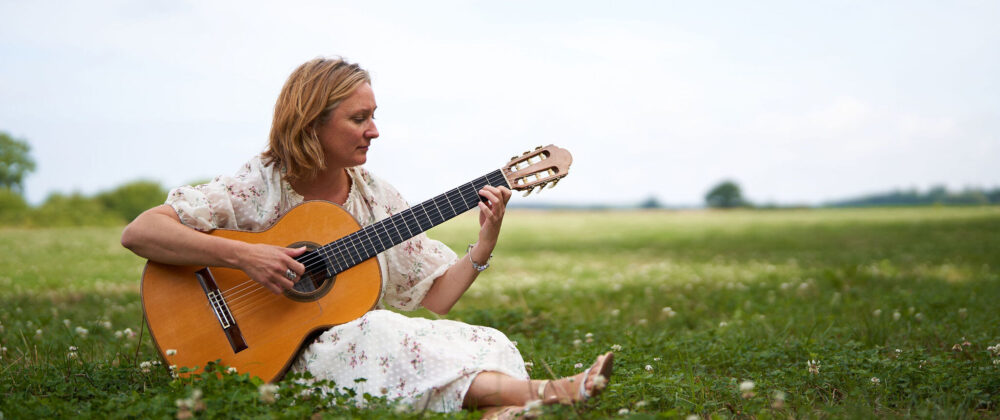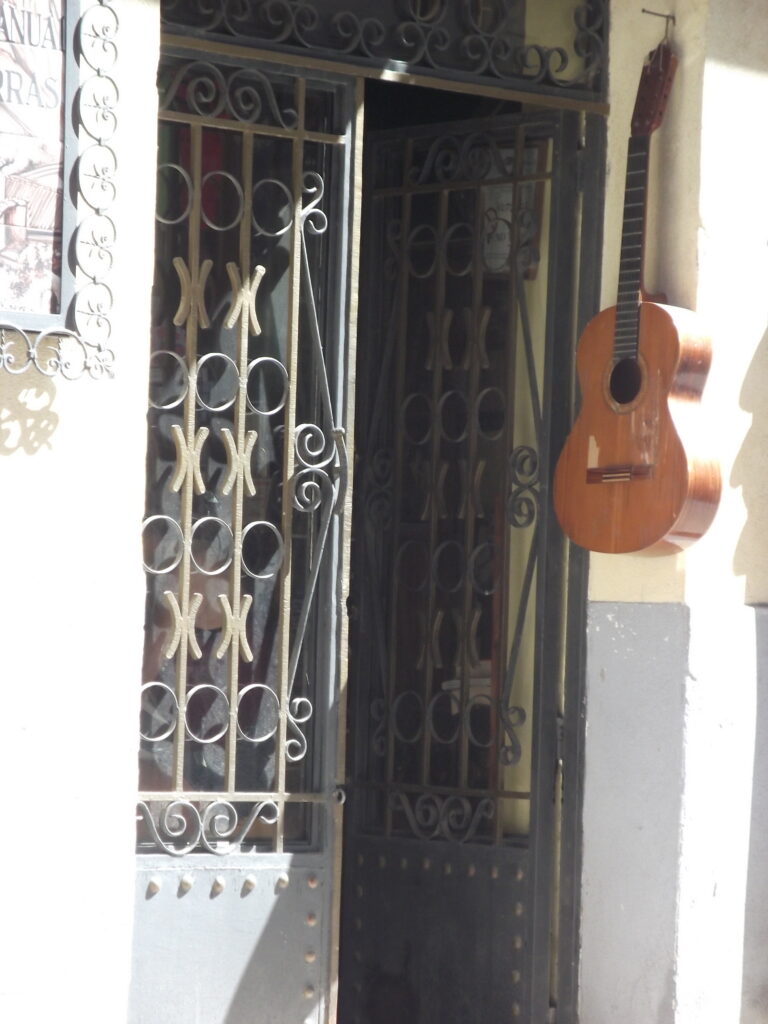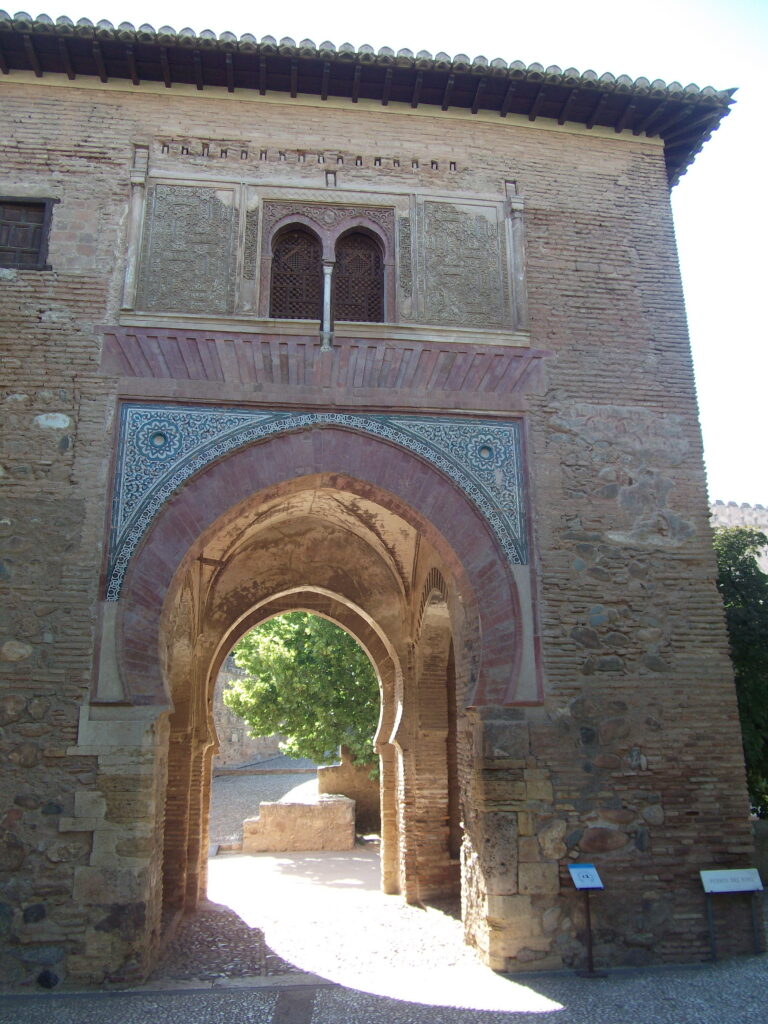
Boabdil
The last Moorish King of Alhambra, Boabdil, had to deliver the keys of Granada to the Catholic Kings in 1492 after the reconquest. It happened in the hills of Granada. From my house in Albaycin, I had the view over these exact mountains. Boabdil was the last King in the Dynasty of the Nasrids, born in Alhambra. The piece wants to reflect the transformation from the Moorish to the Mozarabic and Christian period. It sometime uses the guitar technique “Tremolo”on one string only, to imitate the sound of the Arabic lute.








